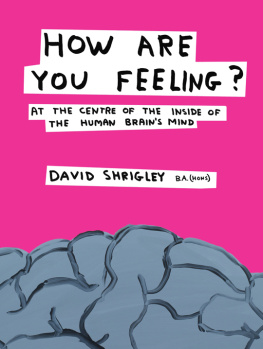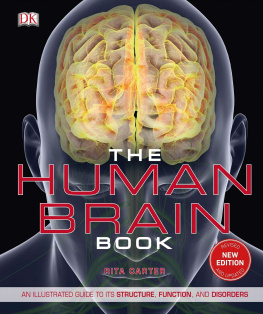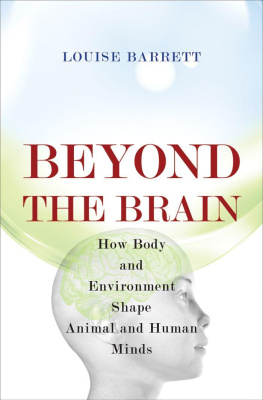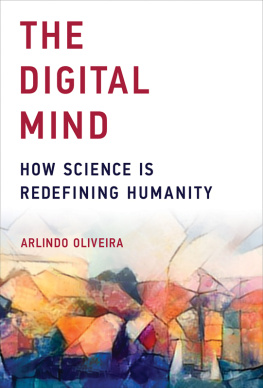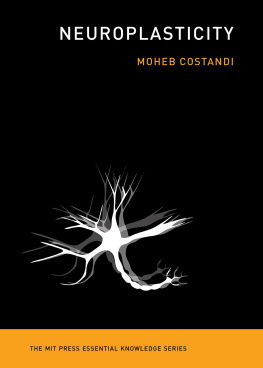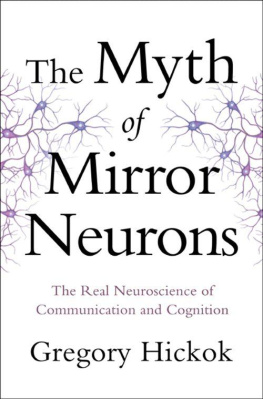SECRETS OF THE HUMAN BRAIN
SECRETS OF
THE HUMAN BRAIN
D R . Bob Pullen
YouCaxton Publications
Oxford & Shrewsbury
Copyright Robert G L Pullen 2017
The Author asserts the moral right to
be identified as the author of this work.
ISBN 978-191117-56-50
Printed and bound in Great Britain.
Published by YouCaxton Publications 2017
All rights reserved. No part of this publication may be reproduced, stored in a retrieval system, or transmitted in any form or by any means, electronic, mechanical, photocopying, recording or otherwise, without the prior permission of the publisher.
This book is sold subject to the condition that it shall not, by way of trade or otherwise, be lent, resold, hired out or otherwise circulated without the publishers prior consent in any form of binding or cover other than that in which it is published and without a similar condition including this condition being imposed on the subsequent purchaser.
YouCaxton Publications
enquiries@youcaxton.co.uk
Table of Contents
ABOUT THE AUTHOR
Dr. Bob Pullen is a University Lecturer who studied neuroscience as a student at London and Oxford University. He has spent his working career undertaking research in neuroscience and teaching university students of Medicine, Pharmacy and Biomedical Sciences. His research has investigated Stroke, Hydrocephalus and Dementia. This was undertaken at the Institute of Neurology in London, Brown University in the USA, the Medical School at Newcastle, the School of Pharmacy at the University of Sunderland and the Medical Research Council Dementia Laboratories in Newcastle. He has published many articles about neuroscience in Scientific Journals.
CHAPTER 1
Whats My Brain Made Of?
(Brain Cells)
Synopsis: This Chapter explains how life and the brain are made of cells which have evolved with time.
Cells
The human brain is the Command and Control centre of the body and within it are our emotions, thoughts, mind, personality, intellect and self. It is well established that humans have the most complex brains on Earth, but it is possible that creatures with bigger and better brains than ours live elsewhere in the universe. However, we have no evidence as yet that there is anyone else out there and if even they were, they may not be built like us, so for the time being we have the most complex brains in the entire Universe!

The Human Brain
Our brains are made of cells just like the rest of the human body. Cells are the building blocks of life which are too small to see, so you could place a couple of thousand of them on a pin-head. A few cells are exceptionally large and these are some special nerve cells found in the human brain which are nearly one meter long! All human cells, including brain cells are small bags of salt water which are the building blocks of tissues, creatures, life and us. Cells probably evolved in the oceans where all the required components to build a cell eventually met (1). All our cells contain even smaller, sub-cellular structures or units which have special functions. One example of a sub-cellular structure is a unit called a mitochondria. This structure provides energy to the cell to keep it alive. To use the analogy of a car; if the cell is the whole car, the mitochondria would be the engine.
It is thought that just as life, creatures and humans have evolved on Earth, so have cells. A long time ago, probably a few billion years ago, there were cells floating around in the oceans that did not have mitochondria inside them. They were like cars floating around the seas without engines. At the same time, there were also mitochondria (car engines) floating around in the same oceans without cars. One day, by chance a mitochondria collided with a cell. That is, a car engine collided with a car and the two of them together worked a lot better than each alone. And so the modern cell was born. Although you may think this meeting was a very unlikely event. It was. You might say that it would take a million years before the two met by chance and perhaps it did. But remember, there has been plenty of time available for this chance meeting to happen and unlikely things do occur. It is extremely unlikely that someone will win the lottery each week, but someone usually does. The inclusion of mitochondria in a cell is part of cell evolution and this process has not finished. It is likely that one day a modern human cell will collide with some new structure or entity called a Z-factor. The Z-factor may be floating around in space somewhere or is in the air on a distant planet and when the two meet, a new super-improved cell will be born and human cells and life will evolve and change again.
Our cells today as mentioned, are tiny bags of salt water and you may wonder why cells dont have pure water inside them. Why bother to have salt there? One answer is that many of the chemical processes that take place inside cells to keep them and us alive, require salt to be present. This answer, might lead you to also ask But why did cells choose common salt, that is sodium chloride rather than something else? The answer is; imagine yourself trapped in a wood and you want to build a shelter there. What might you use? Well look around and of course you see trees everywhere, so it makes sense that you make your house with wood. Similarly, if you were in a stone quarry you would probably choose to build your house with stone. It is likely that cells were first made in the oceans so if you follow this logic and if you want to build a living cell and you are surrounded by salt water, you build your cell using salt water. Had our oceans been full of potassium chloride instead, I dare say our cells would have been built around potassium chloride rather than sodium chloride. Had this been the case, the resulting cells and subsequent life would have been rather different. It would be Life Jim, but not as we know it!
Who Knew What About Cells?
Just about everyone today knows that plants, creatures, life, us and our brains are made of cells, but this has not always been common knowledge. Two thousand years ago, although the Romans were a rather cleaver and sophisticated bunch of folk, they did not have the faintest notion that humans were made of cells. In fact much of biology and science was a complete mystery to them and the rest of the world at that time. Given the limited understanding of human biology at that time, its not too surprising that past civilisations didnt really know how to kill people apart from sticking a sword through them or chopping their heads off; which did work rather well!
Since the time of the Romans, it took about another thousand years before science progressed to discover cells. This happened in the 1600s with the invention of the microscope which allowed biologists to actually see a cell (2) . But even though human cells have been known to exist since then, the structure of the cell wall that encloses the salt water has only been understood in the last hundred years. The human cell wall, including the human brain cell wall, was thought to be a pretty simple, rigid structure until 1935 when two scientists Hugh Davson and James Danielli published some ground-breaking research in which they showed that cell walls were complicated, made of two layers of lipid (fat) they were bendable and had all sorts of complex structures embedded in them (3) . In the 1970s this description was built upon to become the fluid mosaic model of the cell wall and this model still remains to-day, as shown (4).



